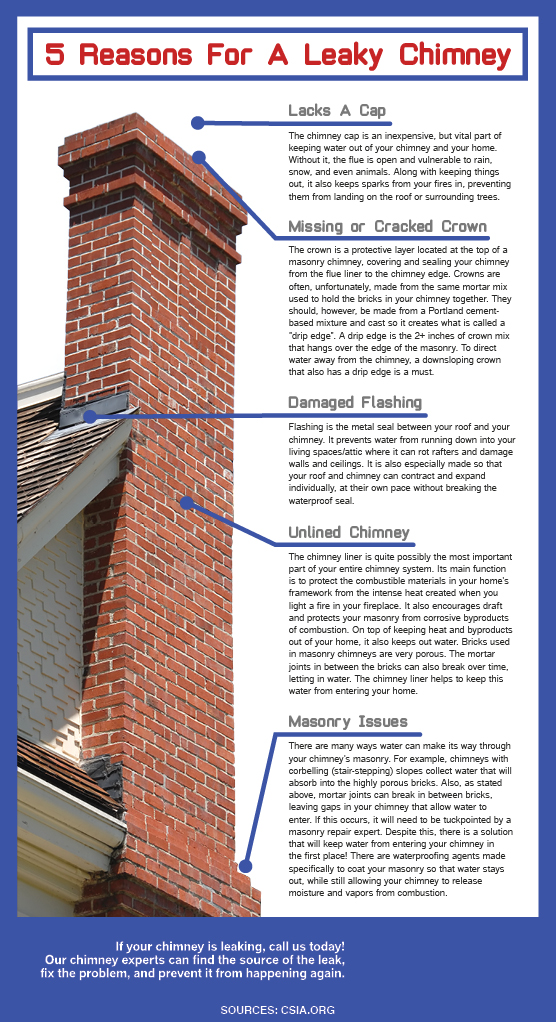An Overview To Estimating The Expense Of Roof Installation
An Overview To Estimating The Expense Of Roof Installation
Blog Article
Material Produce By-Bitsch Andrews
When it involves the cost of roof installment, you may be amazed by the wide range of factors that can impact the final expense. From the size and pitch of your roofing system to the products selected, each choice contributes in figuring out the general expenditures. Yet that's simply the start. There are other vital facets that can substantially guide the last expense. Understanding these subtleties will certainly provide you a more clear picture of what to expect when embarking on a roof setup task.
Factors Influencing Roofing Setup Costs
When establishing the cost of roof installation, numerous key variables enter play. To start with, the size and pitch of your roofing system dramatically influence the overall expense. A bigger roofing with a steeper pitch will call for more products and labor, hence driving up the expenses.
Second of all, the kind of roof covering material you select is a critical aspect. Products like asphalt shingles are extra affordable, while costs options like steel or slate can be considerably more pricey.
Additionally, Related Web Page of your existing roof covering and any essential repairs or preparatory work can affect the last expense. If there's comprehensive damage or architectural problems that need resolving, it will include in the overall price.
Additionally, click for more can additionally influence the price, as labor prices and product costs can differ depending upon where you're located. By thinking about these factors, you can much better approximate the price of your roof setup and strategy your spending plan appropriately.
Average Cost Malfunction by Product
Considering the average cost failure by product is vital when planning for your roofing system installation job. The product you choose for your roof dramatically influences the overall cost. Usually, asphalt tiles are the most usual and cost-efficient choice, varying from $1.50 to $5.50 per square foot.
If you opt for steel roof covering, anticipate to pay between $5.00 to $12.00 per square foot, making it a more long lasting but more expensive choice. Timber roof shingles can cost anywhere from $6.50 to $11.00 per square foot, offering a natural and visually pleasing look.
For those curious about a premium choice, slate roof covering can range from $10.00 to $75.00 per square foot as a result of its style and long life. Lastly, clay floor tiles are a prominent selection, valued in between $10.00 to $18.00 per square foot, recognized for their toughness and distinctive appearance.
Understanding these ordinary costs by product will help you make an educated decision based on your budget and preferred looks.
Extra Costs to Consider
To ensure a comprehensive understanding of the overall costs entailed, it is necessary to consider extra costs when planning for your roof covering setup task. Beyond the raw materials and labor prices, there are several other expenditures that you need to think about.
One substantial additional expense is the removal and disposal of your old roofing system. Relying on the product and dimension of your existing roof, this procedure can add to the general price of the setup.
Another expense to keep in mind is the possible architectural repair services that might be required before the brand-new roofing can be installed. Concerns such as harmed decking or rotten trusses can escalate the project's expense.
Additionally, if your roofing system needs any unique equipment like cranes or scaffolding for access, these rental costs must be factored in too.
Lastly, do not ignore licenses and evaluations, which are important for ensuring that your brand-new roofing system meets building regulations and laws.
Conclusion
So there you have it - when planning for a roofing installation, make sure to think about the size, pitch, type of product, and location of your roof.
Don't forget about added costs like getting rid of the old roof, repair services, tools leasing, and permits.
By taking all these elements into account, you can better approximate and budget for an effective roof covering setup job.
